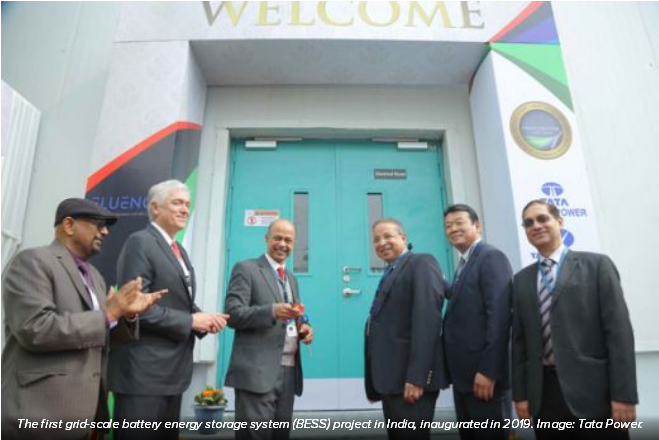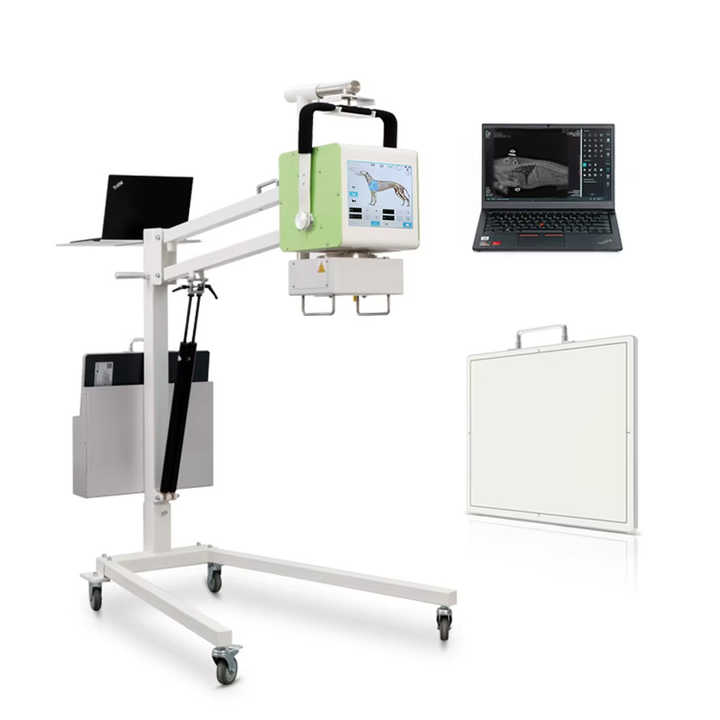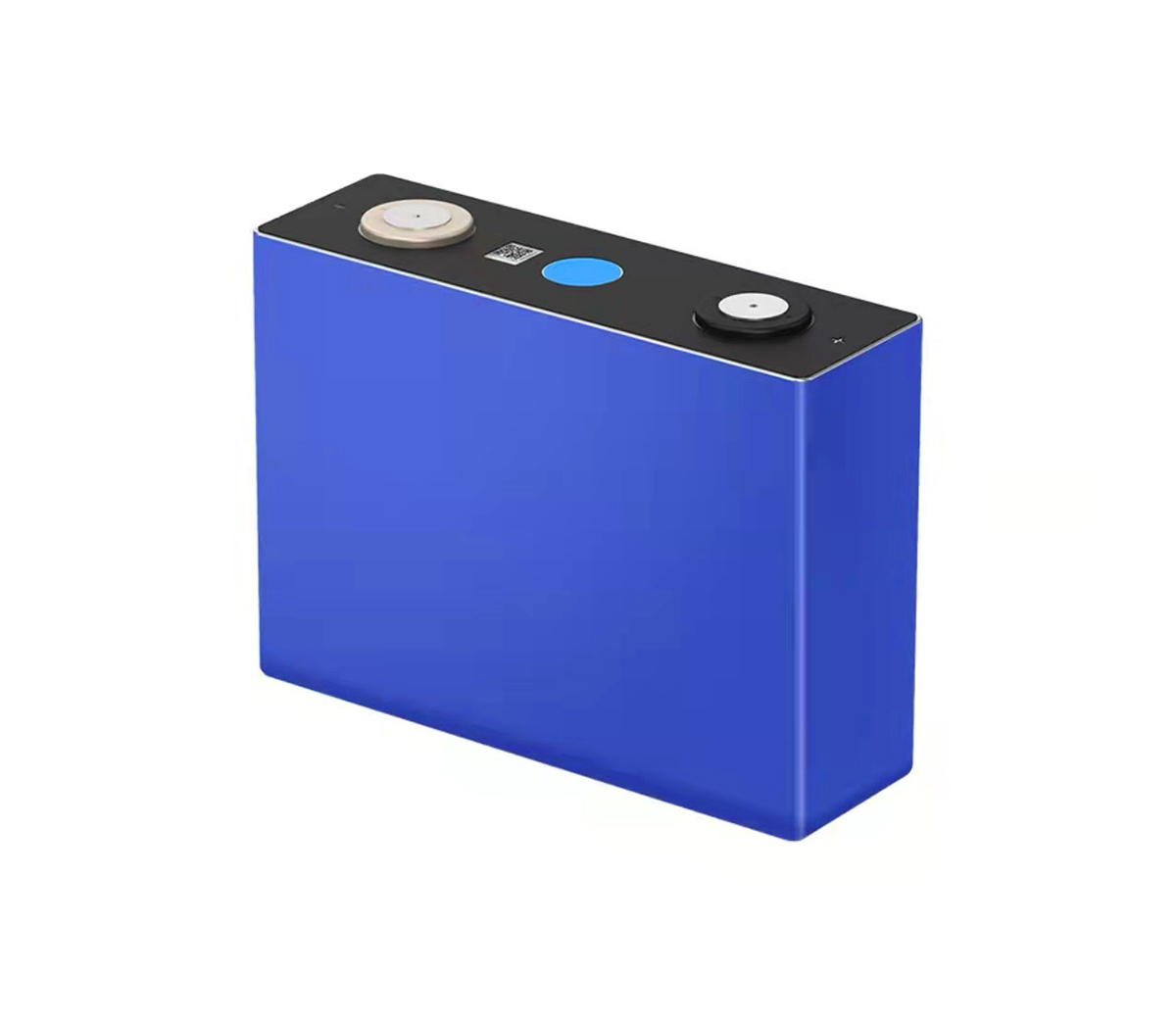Opportunities and challenges, India is at the start of the "energy storage
revolution"
India may be in the midst of the launch of an "energy storage revolution".
This view is made by a research report co-authored by the Indian Institute of
Energy Economics and Financial Analysis (IEEFA) and research firm JMK Analytics.
The report also pointed out that energy storage tenders initiated by various
government regulatory agencies will usher in a new era in the Indian energy
storage market.
The Indian government has recognised the important role that energy storage
systems will play in its power sector and has set a target of deploying 500GW of
non-fossil fuel energy by 2030, including 450GW of wind and solar power
facilities, battery storage systems and other storage Technology has been
identified as an enabler of the country's clean energy goals.

(India's first battery energy storage system (BESS) project opened in
2019)
A: Opportunities are based on needs
The cumulative installed capacity of renewable energy generation facilities
in India has exceeded 150GW. However, in order to achieve the 2030 target
without compromising the operational stability or power quality of the supply
grid, the Central Electricity Authority of India expects to deploy 27GW/108GWh
of battery storage systems and about 10.1GW of pumped hydro storage (PHES)
generation facilities.
India is currently conducting two tenders, one from Solar Energy
Corporation of India (SECI) and another from India’s state-owned power group
NTPC, to add 1GW/4GWh of energy storage to the Indian grid. These storage
systems could also pave the way for a new wave of deployments, such as a
stand-alone battery storage system tendered by the Solar Energy Corporation of
India (SECI) designated as a pilot project.
“India is currently on the cusp of an energy storage revolution,” said
Vibhuti Garg, energy economist at the Institute of Energy Economics and
Financial Analysis (IEEFA) of India. Energy goals, large-scale deployment of
energy storage systems is critical for the ever-increasing variable wind and
solar power generation.”
Garg noted that the recent power crisis has highlighted the need to invest
in energy storage systems and renewable energy, which can help reduce reliance
on coal-fired power plants, while economists agree that fossil fuel power
generation is increasingly uneconomical and uneconomical. reliable.
Jyoti Gulia, founder of JMK Research, said that while the two tenders were
not the first in India (previous tenders were held in 2019 and 2020), the
tenders by NTPC and Solar Energy Corporation of India (SECI) This is the first
tender for a stand-alone energy storage system (ESS). Therefore, these two
tenders can promote the rapid development of the battery energy storage market
in India.
The energy storage industry in India is growing rapidly as the Indian
government plans to fund 50GWh of domestic advanced chemical battery (ACC)
battery production as well as other projects such as new guidelines for the
procurement and use of energy storage for power batteries.
The Indian energy storage industry has made tremendous progress in the past
few years. However, Dr. Rahul Walawalkar, founder and president of the Indian
Energy Storage Alliance (IESA) and head of bespoke energy solutions at
consultancy, said in a recent webinar hosted by industry media that it will take
almost 10 years to get there.
"India's energy policy framework has changed over the past 10 years,"
Walkarar said. "This work started in 2013 with the creation of a large-scale
renewable energy grid connection task force at the Ministry of Electricity. At
the time, we expected that by 2030, Deploy 20-30GW of renewable energy power
generation facilities.”
Prime Minister Narendra Modi sharply raised his target for deploying
renewable energy in 2014, setting a target of deploying 100GW of solar power by
2020 through the National Solar Mission. Since then, India’s renewable energy
sector has grown rapidly, and in 2018 it launched its energy storage
strategy.
India could become one of the top three energy storage markets in the world
over the next decade, Walawalkar said, with the Energy Storage Alliance of India
(IESA) recently releasing a VISION2030 study on how the country could achieve
this.
He noted that India still has a lot of work to do, but the tender by NTPC
and Solar Energy Corporation of India (SECI) will be one of the key developments
in the energy storage industry over the next 12 to 18 months.
B: Future challenges
However, according to experts from the Institute of Energy Economics and
Financial Analysis (IEEFA) and JMK Analytics, while a successful and timely
tender could be transformative in the way energy storage is procured in the
future, there are still some challenges ahead.
These challenges include technical, regulatory and procurement issues, as
the development of the battery energy storage market in India is in its infancy.
One example of this is the NTPC tender for a storage system with a duration of 6
hours. However, the report said that battery storage systems for durations
longer than 4 hours are not economically viable, and that the lead times for new
pumped hydro generation facilities are too long to compete.
There is also some ambiguity in the regulation of energy storage assets. In
India's electricity regulations, which have been in effect since 2003, energy
storage systems are not defined as stand-alone assets. "As a result, taxing such
assets could create some regulatory hurdles, especially until battery storage
policies are enacted," said Akhil Thayillam, a research associate at JMK
Corporation and a co-author of the report.
Another focus is the ability of energy storage systems, especially
batteries, to provide many different services and benefits, from renewable
energy integration and supply to applications that support grid operations.
The report uses a large existing battery storage project in the UK as a
case study to demonstrate how it could work, provide revenue from multiple value
streams and provide investors with a degree of certainty.
The report recommends that tender designs should be flexible and consider
the potential of various business models, while also recognizing that different
energy storage technologies may be suitable for different application scenarios.
Special design tenders may also be required to support local manufacturing and
perhaps domestic content requirements.
Walawalkar also stressed that the ancillary services market has not really
opened up for battery competition, which could be a significant market
opportunity for energy storage developers.
Dr. Bharath Reddy, Managing Director, Solar Energy Corporation of India
(SECI), also participated in the webinar and provided more details about the
company's own tenders, as well as lessons learned from various other deployments
and investments made by the group lesson.
In addition to this, market analyst Rachel Loquet from energy storage
consultancy Clean Horizon provided some of the breakdowns involved in the Solar
Energy Corporation of India (SECI) tender, including how revenue-generating
energy storage projects are modelled to provide return on investment.
Finally, SES Power believes that India has a huge population, which is also
the fundamental need for energy demand, and India itself is not a rich country
in fossil fuels such as oil, gas, coal, etc. Renewable energy is both an
opportunity and a challenge for India, because India has the opportunity to
bypass the traditional energy development path, so as to achieve the effect of
overtaking in the corner. We have quite a number of customers in India, and our
energy storage systems, lead-acid replacement and other products have a broad
market in India, such as lead-acid replacement products 12V100Ah, 24V100Ah,
12V200Ah, 3kwh, 5kwh, 10kwh wall-mounted smart home energy storage system,
rack-mounted energy storage system, split combined high-voltage power lithium
battery system, customized metal shell lithium iron phosphate battery, etc. SES
Power is quite optimistic about the development of the clean energy market in
India.



































